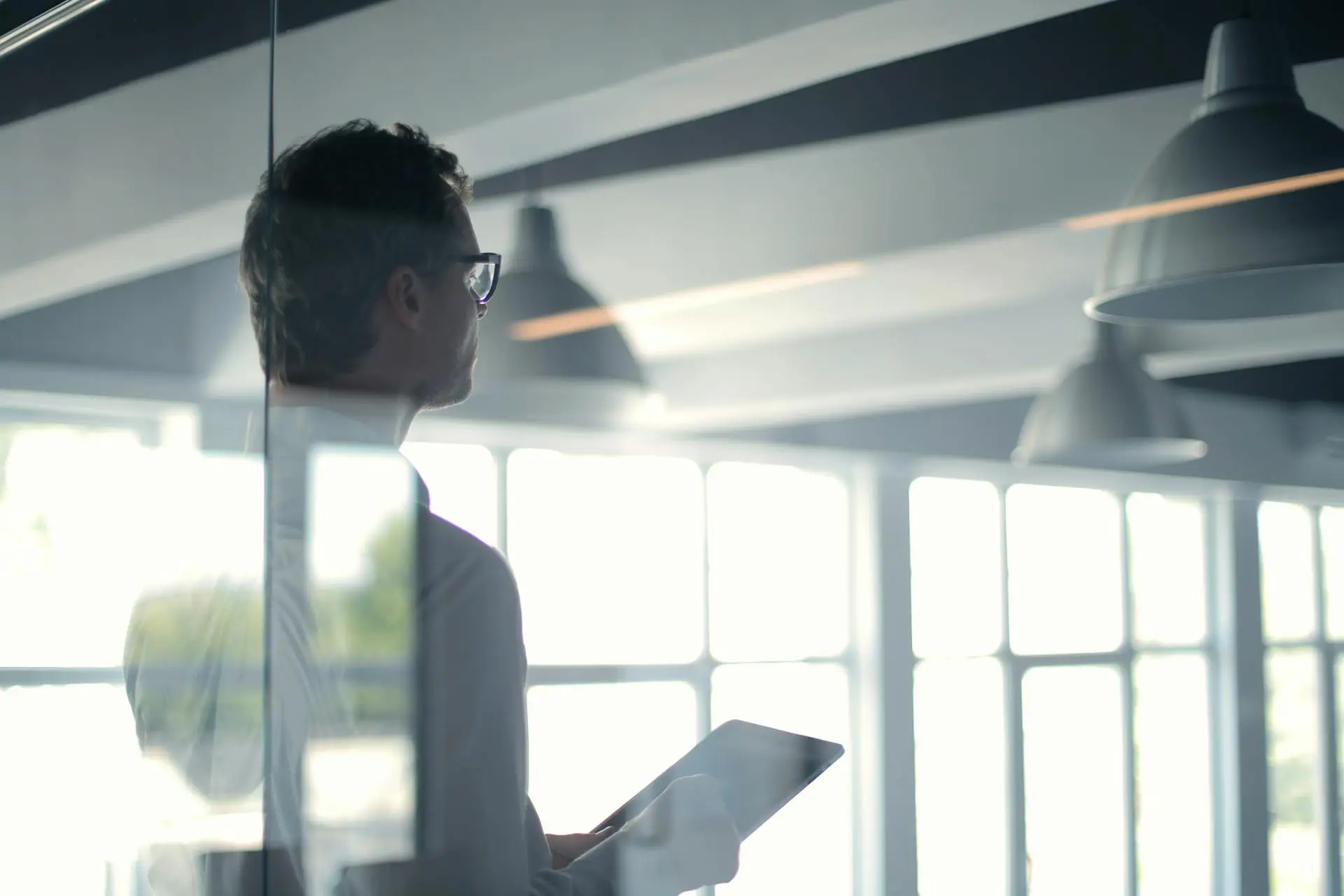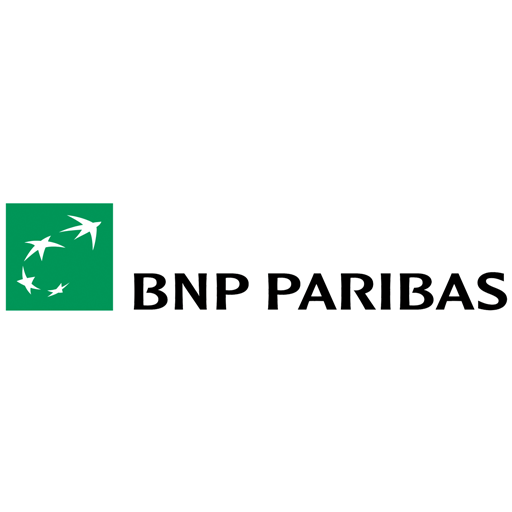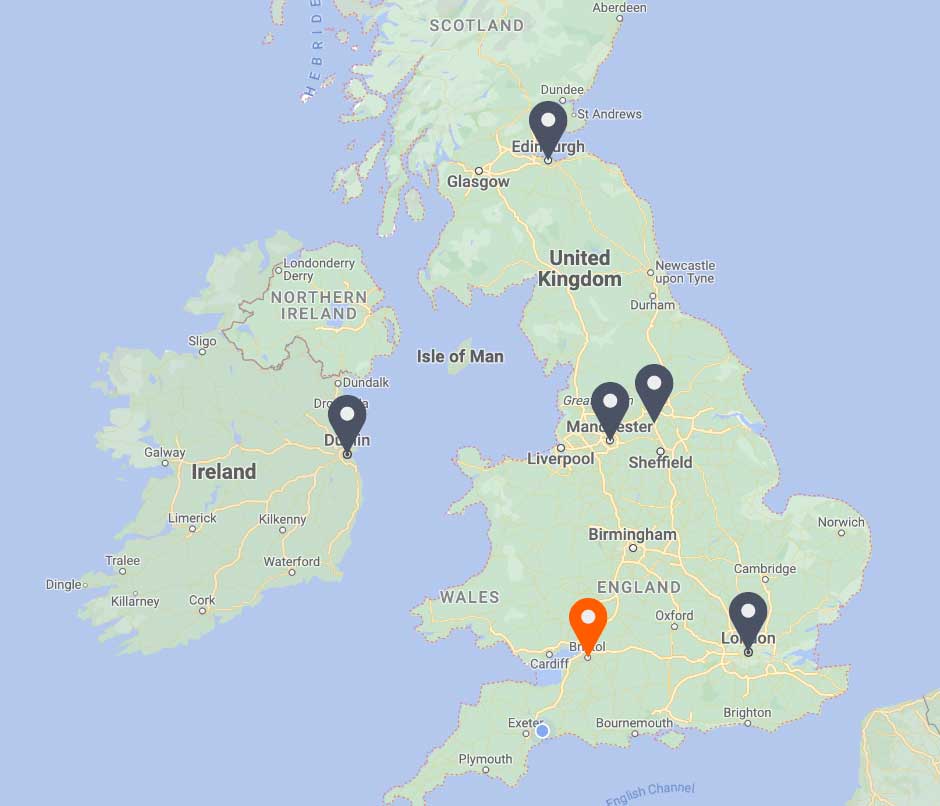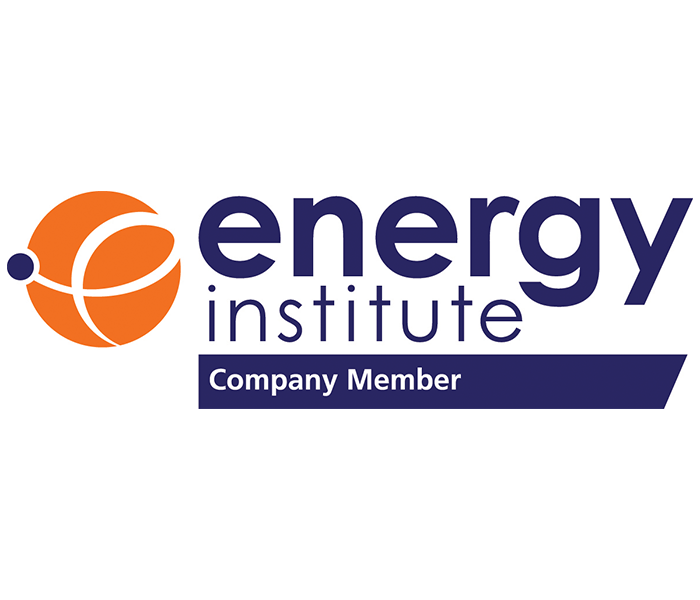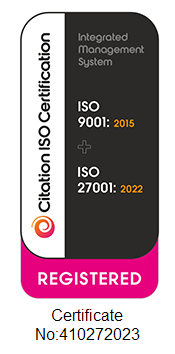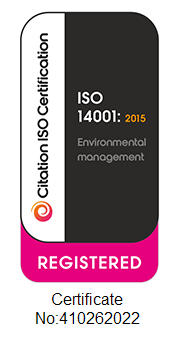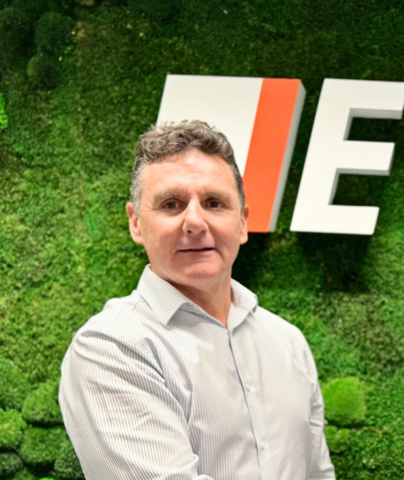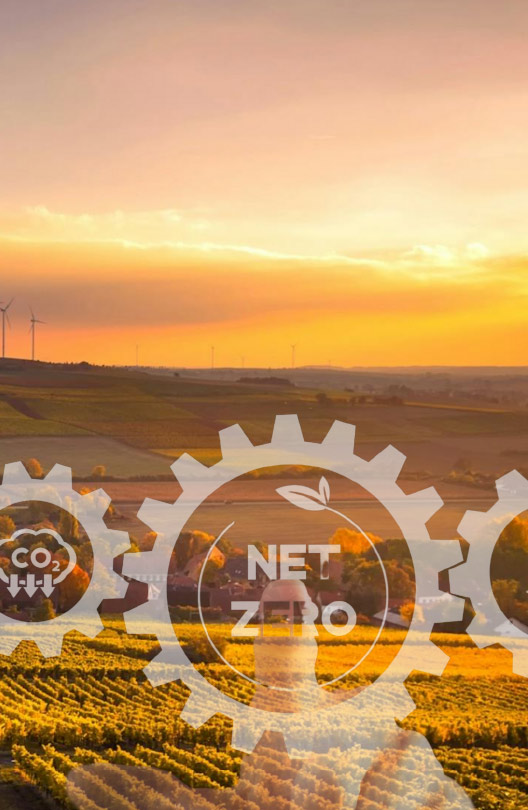THIS ARTICLE AT A GLANCE
CONTACT ETS
If you have any questions or would like to discuss further what you should be doing, ETS is here and willing to help.
Call 0117 205 0542
Email enquiries@energy-ts.com
Submit a contact form
CHECK OUR SERVICES
Midcounties Co-Operative - Solar Panel Installation Assessment
Energy & Technical Services has supported Midcounties Co-op on energy efficiency across their sites in the UK. This project aimed to understand how solar PV installation will benefit the client long term. We have identified the yield and efficiency of solar PV and what the cost of repurposing a number of solar PV panels that were in storage specifically for Co-op. This developed into a compatibility study for solar panel installation across 44 sites. The project further progressed into a desktop assessment for solar panel installation viability for their entire estate to provide a comprehensive business case to their board.
Key Facts/Impactful data:
- Saving 5M kWh across 1 year
- Avoidance of 2.5M kg of CO2
- Showing a 16% decrease in energy
Client brief
Midcounties Co-operative dates back to the 19th century, and nowadays, it’s one of the largest independent co-operatives in the UK. They have over 450 sites with 6,000 employees. Their strong faiths in equality and social responsibility drive the business toward a greener, more peaceful direction and significant growth. Energy & Technical Services is honoured to support Co-op being awarded as ‘Energy Project of the Year 2023’. Your Co-op’s long-term goal is to cut direct GHG emissions by 50% by 2027. We have assisted them in energy efficiency assessments and behaviour corrections across their sites to discover more energy-saving opportunities and generate periodic energy consumption and flatness reports. Your Co-op has saved almost 1 million kWh, or £300,000, as a result of these improvements, along with Energy & Technical Services.
Challenge
- To review the effectiveness of 10-year-old Solar PV panels that have been removed from the site and put in storage for 2 years.
- Provide scientific / data-led evidence that these panels could or could not be effectively re used, sold or donated.
- Using dedicated solar PV design software and expert knowledge to design a scoring matrix for assessing a site’s viability for solar PV installation.
- Develop and prove the methodology for applying the scoring matrix across 352 sites, including Co-op supermarkets, nurseries, post offices, funeral care and travel agents.
ETS’s Scope included:
- Review the datasheet provided for the solar PV installation, including the effectiveness of re-install equipment.
Provide comparisons based on new panel technologies
Provide costs saving comparison for new vs old, including failure expectations
Use current energy data and azimuth data to provide expected monthly savings through our solar PV payback calculator - To review 44 sites for their viability to have a solar PV installation and the expected energy savings per month, year on year.
- Review the viability methodology and provide the Co-op with a business case for solar PV installation.
ETS’s Solution & Strategy
Reduce each site’s reliance on the traditional grid and transition towards renewable energy sources. This will lower operational costs, improve environmental sustainability, and increase energy independence.
- Project evidence, data sheets and energy data were used to desktop assess the potential use of the solar PV panels held in storage.
- We used dedicated cutting-edge software and satellite imagery to map the solar PV installation, whilst using expected energy use based on annual energy data and solar azimuth data. This along with key assessment criteria provide a return of positive potential applications for effective solar PV installation.
- We reviewed the methodology and adjusted the assessments by increasing the criteria to reflect more site individualities. Applied the new method to make accurate desktop assessments for the potential number of sites viable for a solar PV installation.
As with all business cases, we were clearly able to identify the project approach, all risks and mitigations, especially relating to DNO planning, CDM requirements, expected benefits:
- Lower energy costs
- Thermal protection – panels absorb heat
- Reduction of carbon emissions
- Limit or maximise grid exportation depending on agreements
- Improved building EPC’s
- Solar storage was also strongly considered during this, but it did not suit the client’s needs.
Results
- Due to the removal and age of the solar panels, it was not viable to re-install.
- 50% of the reviewed sites were viable for current solar PV technology, showing a 16% decrease in energy.
- Across 200 sites, savings on energy costs are £1.25M @ £0.25.
Saving 5M kWh across 1 year
Avoidance of 2.5M kg of CO2

16% energy saving with latest solar PV technology

Avoidance of 2.5M kg of CO2





























